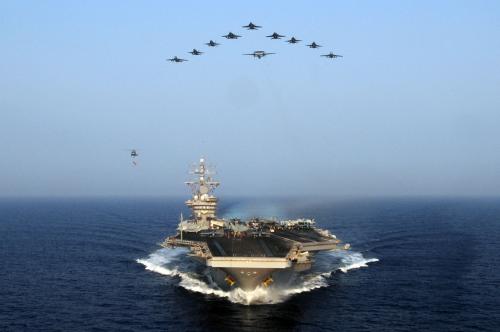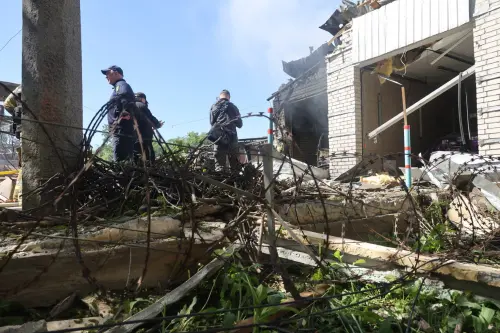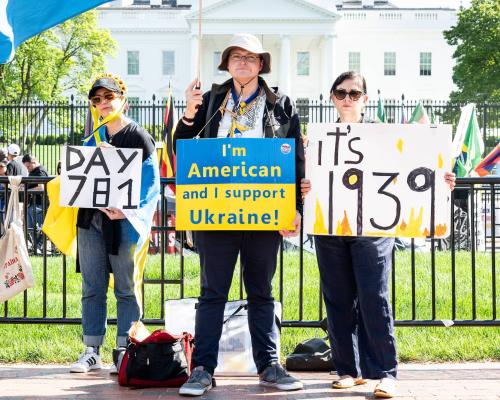Since the first anniversary of the invasion of Iraq, we have compiled charts on the state of the country for the Op-Ed page every three months. Now, on the sixth anniversary of the invasion, it seems appropriate to include data from the conflict in Afghanistan as well.
As President Obama looks to reduce the number of troops in Iraq — and the Baghdad government has achieved 7 of the 11 “Iraq index” benchmarks we have laid out, which include steps like establishing provincial election laws and enacting pension and amnesty laws — the situation in Afghanistan is increasingly cloudy. Many security indicators are clearly unfavorable, though some economic, educational and health care trends are at least heading in the right direction. While the wars in Afghanistan and Iraq have their own particular dynamics, there is still much to learn from the comparison. The metrics we have chosen to highlight for each conflict expose some of the key differences: Iraq has lots of oil, Afghanistan has lots of opium; the Iraq coalition includes barely any participants besides the United States and Iraq itself, whereas the Afghanistan effort involves some 30,000 non-American NATO troops.
Of course, some statistics that are important in one conflict are of less value in another. In Iraq from 2004 to 2006, levels of violence were extremely high and threatened to tear the country apart, suggesting that civilian fatality rates were the key metric; they may be less crucial (though still important) in Afghanistan. Today, national-level political issues like how to share oil revenue pose the chief threats to Iraqi stability, while more basic problems like security and building roads and schools demand much of policymakers’ attention in Afghanistan.
Iraq had long been a functioning middle-income state before the American-led invasion of 2003, but Afghanistan had been extremely poor and anarchic for decades. This may explain why, overall, Afghans have had more modest expectations about the future than have Iraqis. However, after more than seven years of an American presence, polls suggest that this Afghan patience may be wearing thin.
| Category—Iraq | Feb. 2005 | Feb. 2007 | Feb. 2009 |
| U.S./Other Foreign Forces (in thousands) | 155/25 | 135/14 | 140/5 |
| U.S./Other Foreign Troop Deaths | 58/2 | 81/4 | 16/1 |
| Iraqi Security Forces (in thousands) | 142 | 323 | 600 |
| Iraqi Security Force Fatalities | 103 | 150 | 39 |
| Iraqi Civilian Deaths From War | 1,600 | 2,700 | 250 |
| Measure of Political Progress (on a scale of 1 to 11) | 0 | 1 | 7 |
| Electricity Production (average megawatts, official grid; prewar: 4,000) | 3,610 | 3,600 | 5,550 |
| Category—Afghanistan | Feb. 2005 | Feb. 2007 | Feb. 2009 |
| U.S./Other Foreign Forces (in thousands) | 18/9 | 26/20 | 37/32 |
| U.S./Other Foreign Troop Deaths | 1/1 | 14/4 | 15/9 |
| Afghan Security Forces (in thousands) | 50 | 90 | 150 |
| Afghan Security Force Fatalities | 10 | 28 | 75 |
| Afghan Civilian Deaths From War | 40 | 45 | 200 |
| Annual Opium Production from Previous Year’s Harvest (in metric tons/percentage of world total) | 4,200/87 | 6,100/92 | 7,700/93 |
| Per Capital Income (in U.S. dollars) | 252 | 323 | 400 |
| Telephone Subscribers (in millions) | 2.2 | 5.5 | 7.0 |
| Public Favorability Rating of U.S./Afghan Government (percent) | 68/80 | 43/59 | 32/48 |
| Public Favorability Rating of Taliban (percent) | 9 | 13 | 7 |
View the Op-Chart
(graphic by Amy Unikewicz)
View the December 2008 Chart
View the June 2008 Chart
View the March 2008 Chart
View the December 2007 Chart
View the September 2007 Chart



Commentary
Op-edThe States of Iraq and Afghanistan
March 20, 2009